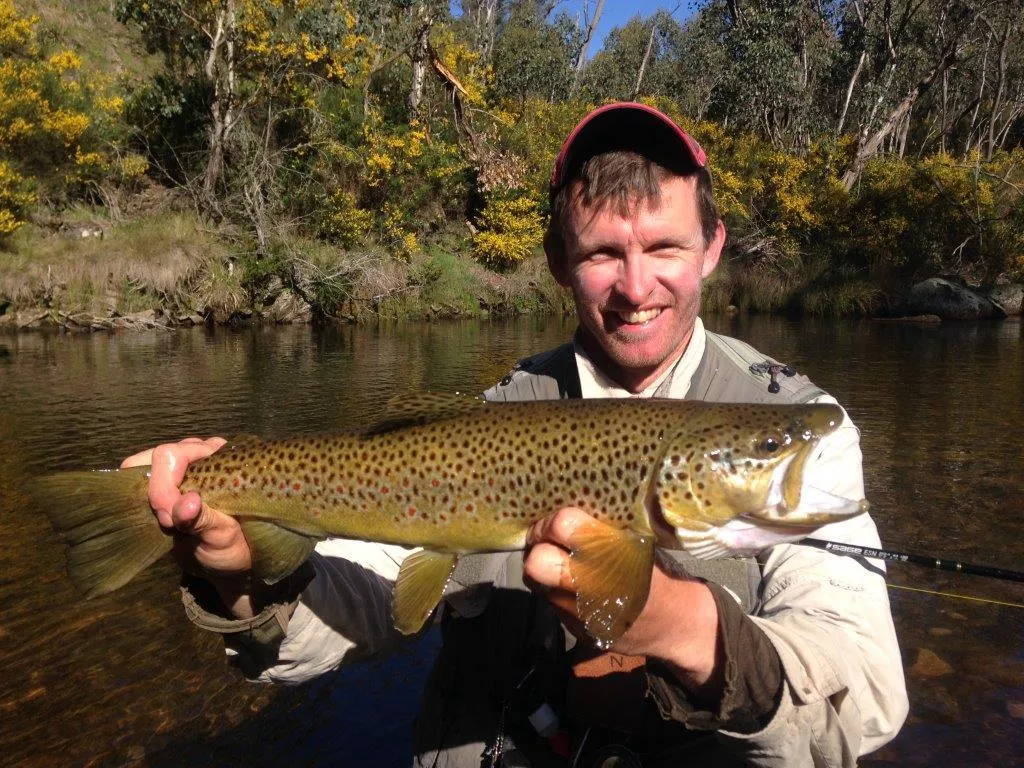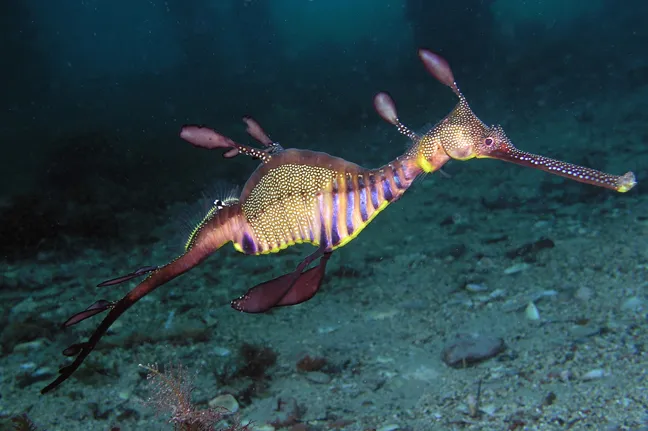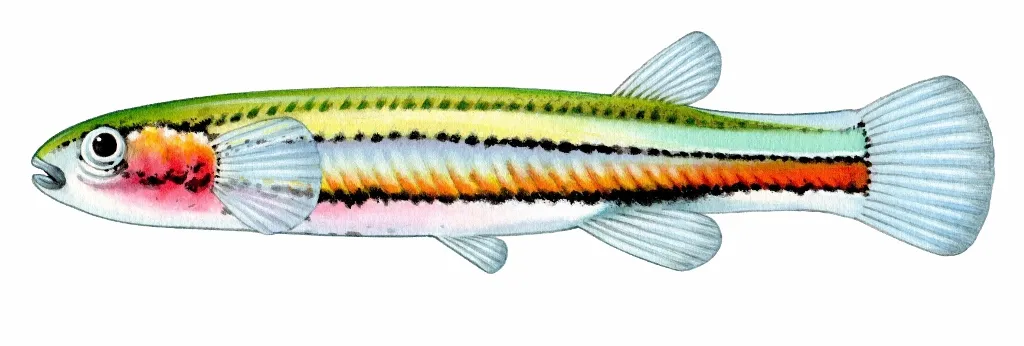
By Archer Hume
Brown Trout Fishing in Melbourne
Brown trout (Salmo trutta) is a popular freshwater game fish in Victoria, known for its fighting spirit and delicious taste.
Thu Sep 05 by: Archer Hume
Syngnathidae is a family of unique fish including seahorses, seadragons, and pipefish. They are protected species in Victoria, Australia.

Source: fishesofaustralia.net.au
Table of Contents
The Syngnathidae family comprises some of the most distinctive and charismatic fish in the ocean. Seahorses are known for their horse-like heads, curled tails, and vertical swimming posture. Seadragons are larger and more ornate, with leaf-like appendages that provide excellent camouflage. Pipefish have long, thin bodies and tube-like snouts. All members of this family have a unique reproductive strategy where males carry and give birth to the young. These fish are typically found in shallow, coastal waters, often associated with seagrass beds, coral reefs, or kelp forests. They play important roles in their ecosystems and are indicators of marine health. Due to habitat loss, collection for the aquarium trade, and their low reproduction rates, many Syngnathidae species are threatened or endangered.
Fishing for any species in the Syngnathidae family is strictly prohibited in Victoria, Australia. This includes seahorses, seadragons, and pipefish. Taking, attempting to take, or even catch and release of these protected species is not allowed under any circumstances. Penalties may apply for violations. If accidentally caught, these fish should be immediately and carefully released back into the water.
Fishing for Syngnathidae species (seahorses, seadragons, and pipefish) is not allowed in Victoria due to their protected status. Instead of fishing, consider observing these fascinating creatures in their natural habitat through snorkeling, diving, or visiting local aquariums. If you encounter these species while fishing for other targets, carefully release them immediately and avoid areas where they are known to occur.
It's important to note that Syngnathidae is a protected species. Fishing for this species is typically prohibited or strictly regulated to ensure its conservation. Instead of fishing, consider learning about the importance of this species in its ecosystem and supporting conservation efforts.
It's important to note that Syngnathidae is a protected species. Fishing for this species is typically prohibited or strictly regulated to ensure its conservation. Instead of fishing, consider learning about the importance of this species in its ecosystem and supporting conservation efforts.
There is no bag limit for Syngnathidae species because they are fully protected. Fishing for these species is prohibited, so catch limits do not apply.
There is no size limit for Syngnathidae species because they are fully protected. Fishing for these species is prohibited, so size limits do not apply.
Syngnathidae is a family of unique fish including seahorses, seadragons, and pipefish. They are protected species in Victoria, Australia.
As Syngnathidae are a protected species, there are no recommended lures for catching them. It's important to respect conservation efforts and avoid targeting these fish.
As Syngnathidae are a protected species, there are no recommended baits for catching them. It's crucial to adhere to conservation guidelines and avoid fishing for these protected fish.
As Syngnathidae are a protected species, there are no recommended baits for catching them. It's important to focus on other species and support conservation efforts.
As Syngnathidae are a protected species, fishing for them is not allowed in any location. It's important to focus on other species and support conservation efforts.

Brown Trout Fishing in Melbourne
Brown trout (Salmo trutta) is a popular freshwater game fish in Victoria, known for its fighting spirit and delicious taste.

Brown Galaxias Fishing in Melbourne
The Brown galaxias (Galaxias fucus) is a protected freshwater fish species native to Victoria, Australia. It is illegal to take or possess this species.